Hello friends in this blog we are going to explain important camera terms you should know , if you are a camera and smartphone lover.
so lets get started,
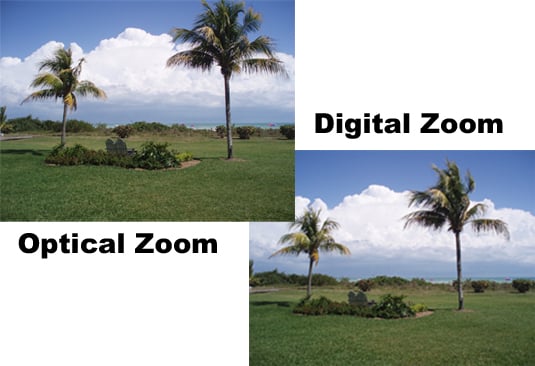

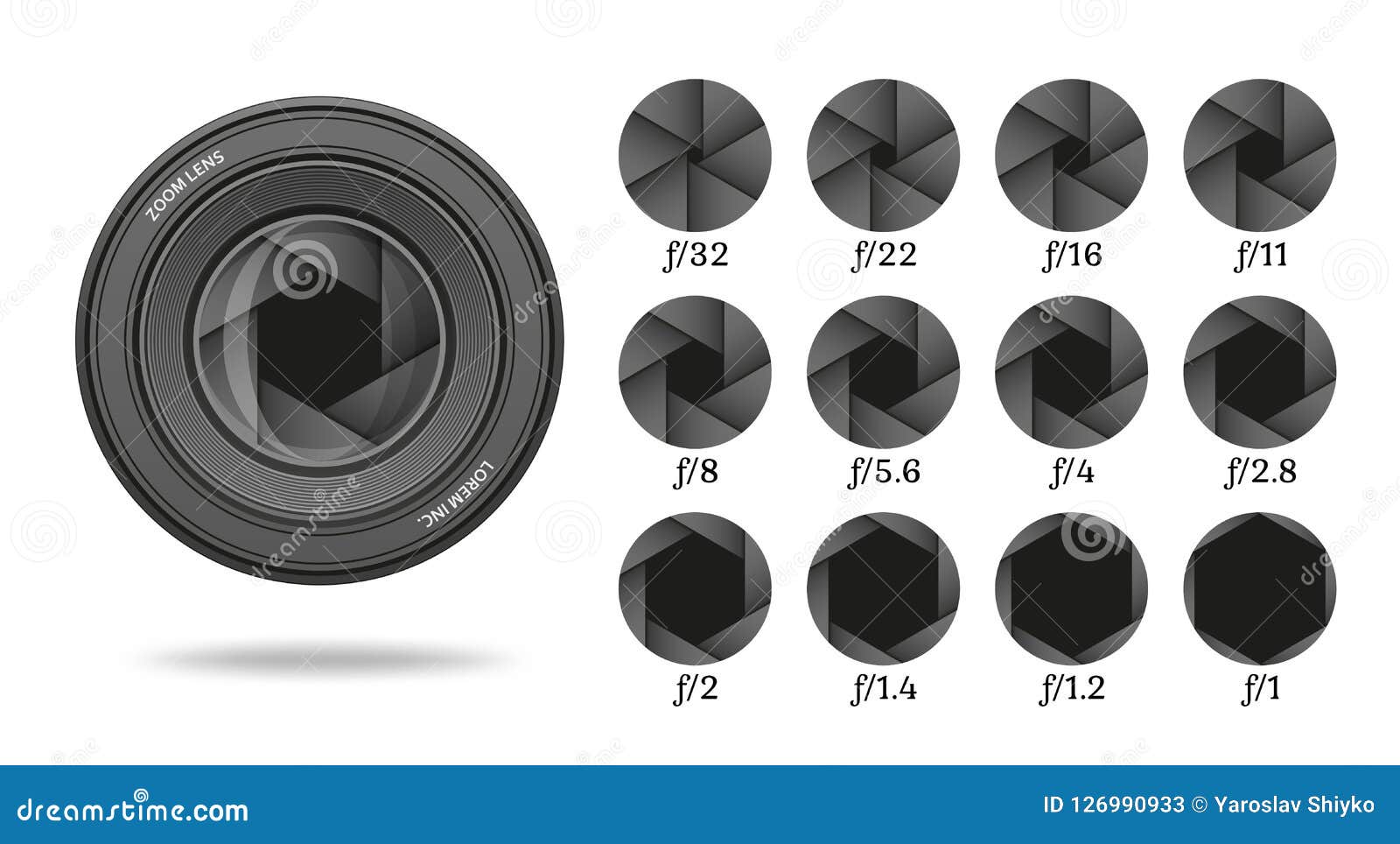
![Create Bokeh in Your Photography [Video tutorial + Examples]](https://phlearn.com/wp-content/uploads/2019/05/Bokeh-Guide-no-text.jpg?fit=1400%2C628&quality=99&strip=all)

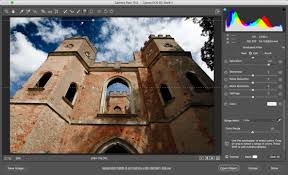
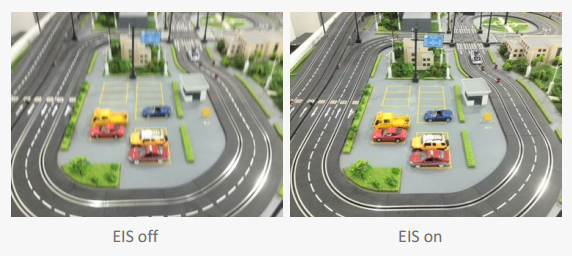
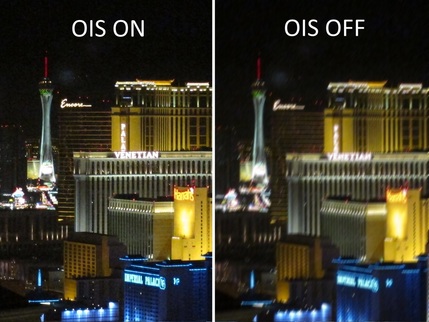


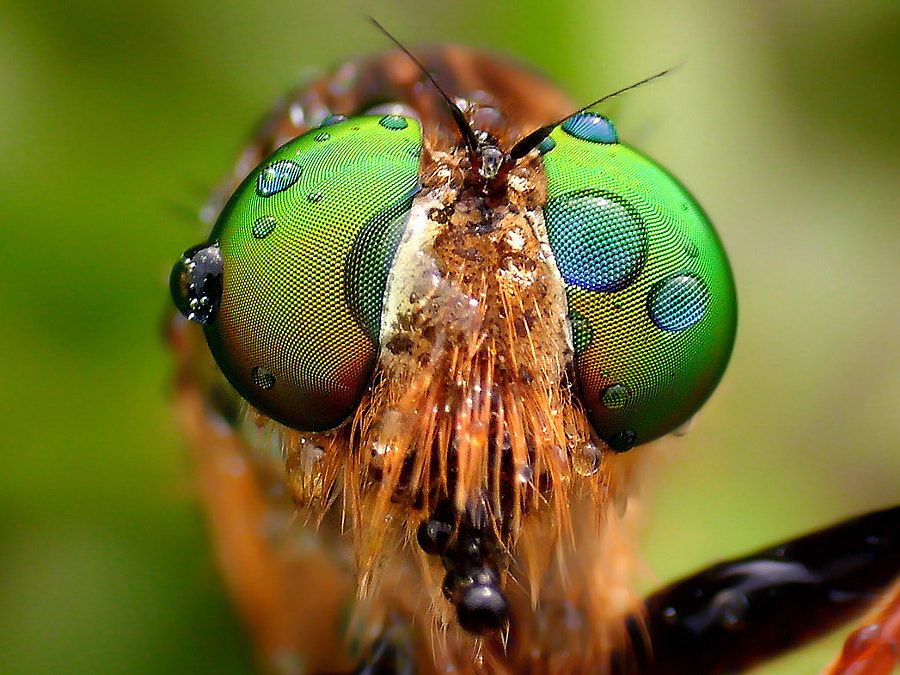
*please comment your views
so lets get started,
Optical Zoom, Hybrid Zoom,
Digital Zoom
- Optical Zoom : The optical zoom ratio of a digital camera measures how much the lens can actually zoom in to make subjects appear closer. Optical zoom, enlarges a picture while keeping the resolution and sharpness of the picture high.
- Hybrid Zoom: It takes advantage of optical zoom, digital zoom, and software to get improved results when zooming in further than the lens's physical capabilities. Modern phones with optical zoom have lenses with 3x or 5x optical zoom.
- Digital Zoom: Digital zoom is a method of decreasing the apparent angle of view of a digital photographic or video image. Digital zoom is accomplished by cropping an image down to a centered area with the same aspect ratio as the original, and usually also interpolating the result back up to the pixel dimensions of the original.

Resolution
Camera resolution is measured in megapixels(meaning millions of pixels); both image file resolution and monitor resolution are measured in either pixels per inch (ppi) or pixel dimensions (such as 1024 by 768 pixels); and printer resolution is measured in dots per inch (dpi).

Aperture of lens
Aperture can be defined as the opening in a lens through which light passes to enter the camera. It is expressed in f-numbers like f/1.4, f/2, f/2.8 and so on to express the size of the lens opening, which can be controlled through the lens or the camera
Bokeh
Bokeh has been defined as "the way the lens renders out-of-focus points of light".Differences in lens aberrations and aperture shape cause some lens designs to blur the image in a way that is pleasing to the eye, while others produce blurring that is unpleasant or distracting ("good" and "bad" bokeh, respectively).
![Create Bokeh in Your Photography [Video tutorial + Examples]](https://phlearn.com/wp-content/uploads/2019/05/Bokeh-Guide-no-text.jpg?fit=1400%2C628&quality=99&strip=all)
ISO
In Digital Photography ISO measures the sensitivity of the image sensor. The same principles apply as in film photography – the lower the number the less sensitive your camera is to light and the finer the grain. By choosing a higher ISO you can use a faster shutter speed to freeze the movement.

RAW
RAW is a file format that captures all image data recorded by the sensor when you take a photo. Because no information is compressed with RAW you're able to produce higher quality images, as well as correct problem images that would be unrecoverable if shot in the JPEG format.
EIS and OIS
EIS: The Electronic Image Stabilization (EIS) system reduces image shake and controls image stability by manipulating the image electronically, using the light-sensing chip, the Charge Coupled Device (CCD) of the camera.

OIS: Optical Image Stabilization. (OIS) A technology for cameras that physically moves the camera lens to compensate for camera movement. Any time a camera takes a photo, the image is captured over a period of time. That period of time is extremely short when working with ample light.

Ultra wide Lens
An ultra wide-angle lens is a lens whose focal length is shorter than the short side of film or sensor. Thus the term denotes a different range of lenses, relative to the size of the sensor in the camera.

TOF
A ToF camera sensor can be used to measure distance and volume, as well as for object scanning, indoor navigation, obstacle avoidance, gesture recognition, object tracking, and reactive altimeters. Data from the sensor can also help with 3D imaging and improving augmented reality (AR) experiences.

Macro Lens
A setting on a digital camera that enables users to focus on subjects close to the camera lens. Macro mode is commonly used to photographing flowers, insects and other small items that you want a close-up view of. The distance you can shoot in macro mode from will differ between cameras.

*please comment your views
on which topic i should make more blogs on.
